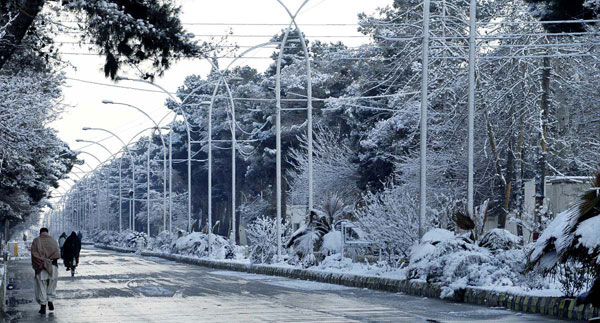Introduction: Nestled in the southwestern part of Pakistan, Balochistan province stands as a land of captivating landscapes, rich cultural heritage, and a fascinating history that dates back millennia. Despite being the largest province in terms of area, Balochistan remains an enigma to many, often overshadowed by the bustling cities of PakistanIn this article, we embark on a journey to unravel the hidden wonders and untapped potential of this remarkable province.
- Geography and Breathtaking Landscapes: Stretching across a vast expanse of approximately 347,190 square kilometers, Balochistan boasts a diverse topography that encompasses rugged mountains, arid deserts, fertile valleys, and serene coastal areas. The province is home to the majestic peaks of the Ziarat and Toba Kakar ranges, providing mesmerizing views and opportunities for mountaineering enthusiasts. Quetta, the provincial capital, is nestled in a picturesque valley, surrounded by snow-capped peaks, creating a surreal atmosphere.
- Cultural Mosaic and Warm Hospitality: Balochistan is a melting pot of various ethnicities, including the Baloch, Pashtuns, Brahuis, and Hazaras, each contributing to the vibrant cultural tapestry of the region. The locals are renowned for their warm hospitality, welcoming visitors with open arms and treating them to traditional Balochi cuisine, famous for its rich flavors and aromatic spices. Balochi handicrafts, such as intricate embroidery, pottery, and camel skin products, showcase the artistic prowess of the people and make for excellent souvenirs.
- Historical Heritage and Archaeological Marvels: With a history that spans over several millennia, Balochistan is an archaeologist’s paradise, dotted with ancient ruins and archaeological sites. The UNESCO World Heritage Site of Makli Necropolis near Thatta is a testament to the province’s historical significance, showcasing intricately designed tombs and mausoleums from the 14th to 18th centuries. Additionally, the ancient city of Gwadar, once a bustling port on the trade routes of the Arabian Sea, presents remnants of its glorious past.
- Natural Resources and Economic Potential: Balochistan possesses vast reserves of natural resources, including copper, gold, natural gas, and coal. Gwadar Port, strategically located on the Arabian Sea, has emerged as a significant economic hub and a gateway for trade in the region. The China-Pakistan Economic Corridor (CPEC), a game-changer project, further enhances Balochistan’s economic prospects, connecting it with international markets and fostering infrastructural development.
- Tourism Opportunities and Untouched Wilderness: Despite its immense potential for tourism, Balochistan remains relatively unexplored. The province offers a myriad of opportunities for adventure seekers and nature enthusiasts. The Hingol National Park, with its diverse ecosystem and unique wildlife, including the elusive Persian leopard, presents an unparalleled experience for wildlife lovers. The scenic beaches of Ormara and Kund Malir, with their golden sands and crystal-clear waters, provide tranquil retreats away from the hustle and bustle of city life.
Conclusion: Balochistan province, with its awe-inspiring landscapes, rich cultural heritage, and untapped potential, beckons intrepid travelers and curious explorers. As efforts to promote tourism and infrastructure development continue, the hidden treasures of Balochistan are gradually being unveiled to the world. Embarking on a journey to this remarkable province promises an experience that is both enlightening and captivating, leaving an indelible imprint on the hearts of those fortunate enough to discover its wonders.

